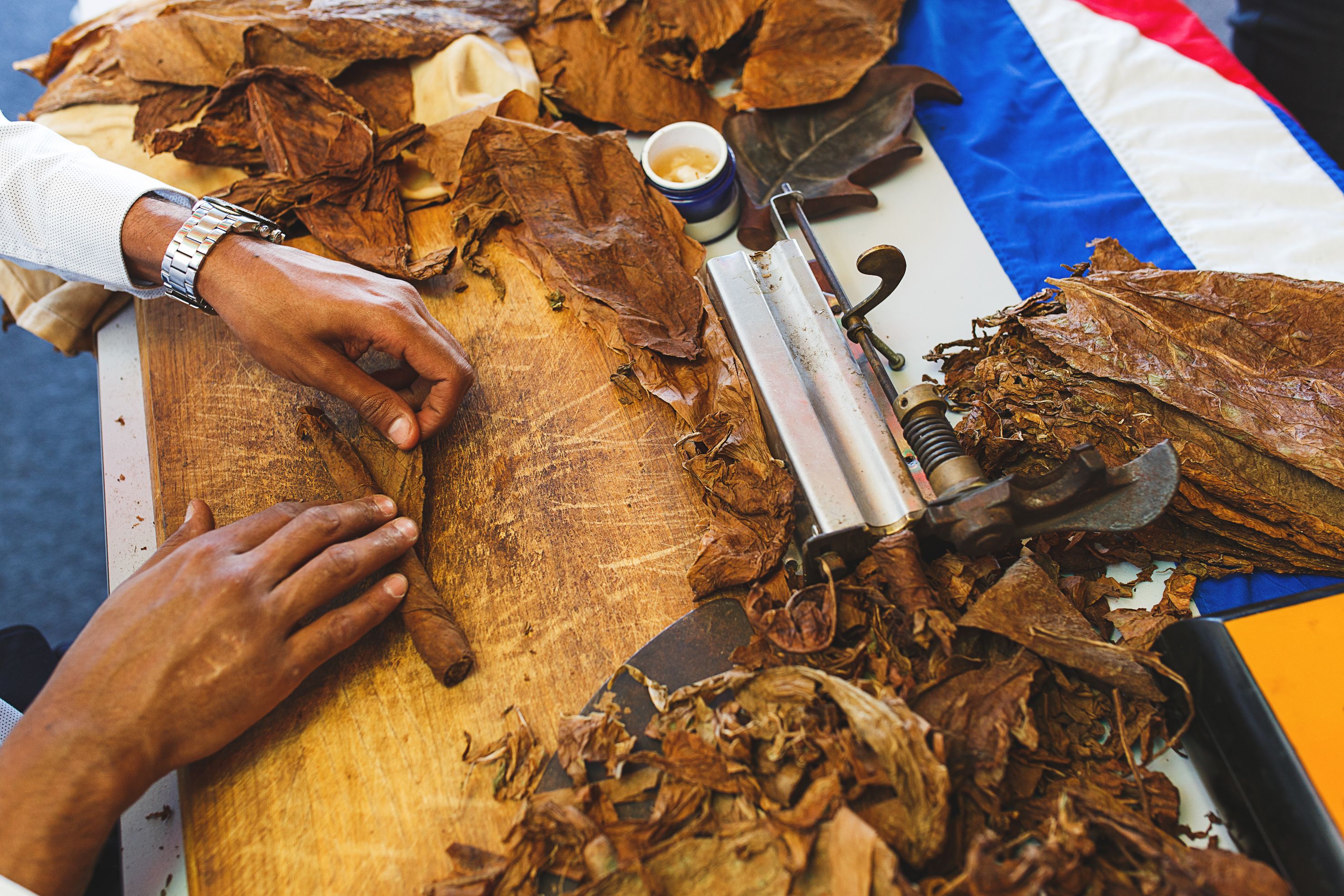The art and craft of hand-rolling cigars, drawing on the history of Cuba’s famous Cohiba brand as well as insights from modern-day cigar specialists. It provides an in-depth guide on how to roll a cigar at home, covering the various types of tobacco leaves used in the filler, binder, and wrapper, as well as the tools and techniques required. It emphasizes that patience and practice are crucial, and that the unique soil and climate of Cuba contribute to the distinct flavor of its cigars.
Key Points:
- The Cohiba cigar, initially crafted for Fidel Castro, gained global fame and highlighted the intricate craftsmanship behind hand-rolled cigars. The real credit for its creation goes to torcedores who opened a small factory in western Havana in 1961.
- Ismail Houmani, owner of La Casa in Detroit, Ann Arbor, and Las Vegas, notes that Cuban cigars have a unique flavor due to the soil of the region. The Cuban method of hand-rolling cigars with two different binders also adds to the distinct taste.
- The Cuban method of hand-rolling cigars contrasts with most other cigar producers, who use machines to wrap fillers with binders. Traditional Cuban cigars are typically rolled on wooden surfaces and heavily pressed by hand.
- The article provides a comprehensive guide for hobbyists interested in hand-rolling cigars, covering everything from the types of leaves to use in the filler, binder, and wrapper, to the tools needed for cutting and rolling, and even how to properly age the finished product.
- Whether it’s sourcing from leafonly.com for tobacco or using tools like ‘la chaveta’ for cutting, a variety of resources are available for individuals looking to craft their own cigars. However, replicating the quality of a Cohiba cigar is considered nearly impossible due to the unique conditions and artisanal methods used in Cuba.
Source: https://www.dbusiness.com/from-the-magazine/how-you-roll/






